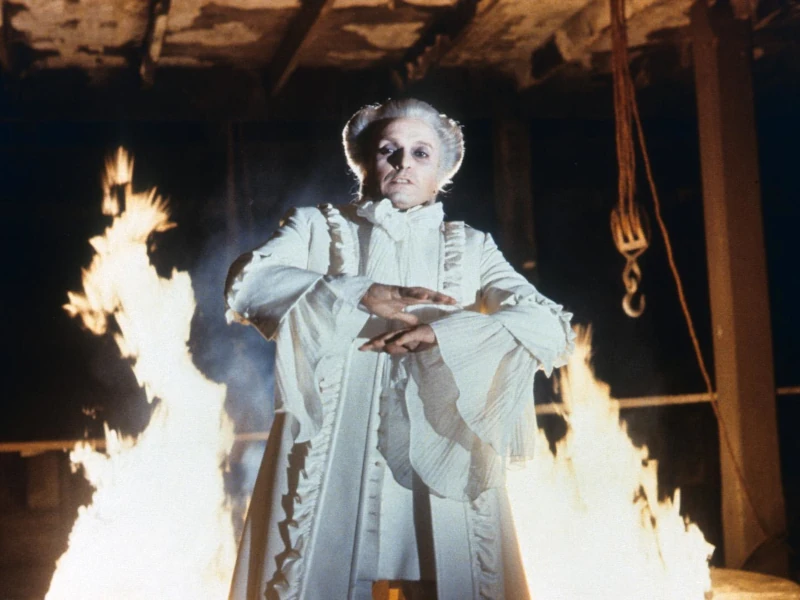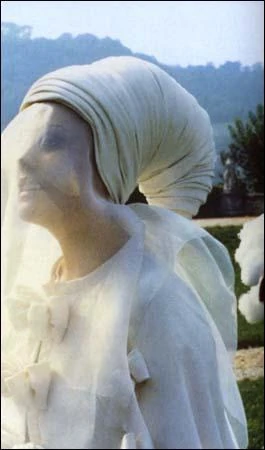
TOPIC: THE OPERA
A FAILED EXPERIENCE
BY PEDRO GARCIA CUETO
BY PEDRO GARCIA CUETO
When Rolf Liebermann became director of the Paris Opera in 1973, he planned to avoid the elitist concept of opera, so that it would reach the majority of the public. His management turned the city, after a period of certain crisis, into a cultural reference throughout Europe.
Liebermann began preparations to bring his most beautiful pieces to the cinema, such as Mozart's Don Giovanni. After presenting the idea to the new head of the Gaumont production company, Daniel Toscan du Plantier, they both agreed on the attractiveness of the project to carry it out, as a film.
Toscan offered the project to Patrice Chéreau to take over the direction. Chéreau was then a young filmmaker in his early thirties who made his film debut in 1975. Chéreau did not see the project clearly and abandoned it, passing it into the hands of Joseph Losey, the second person Toscan thought of to start. the Filmation. But Losey lacked experience in the world of opera and that conditioned his view of the project. The famous conductor trained musically with Janine Reis, director of the Paris Opera studios, who was in charge of performing the harpsichord in the recited moments of Mozart's work.
Losey did not adapt well to the film's complex process. Liebermann was the one who decided who the actors were going to play the main roles. He cast Ruggero Raimondi in the lead role. In fact, the filmmaker did not meet the actors until the first day of recording. The problem came from Losey's gaze into a world that was not his. He began to give instructions to the actors to perform, which bothered them, since he was not an opera director.
Once the musical recording of the opera was completed, filming of the film began during the spring of 1978 in Vicence, near Venice. The director left notes for the actors, which bothered them. In such a hostile environment, the film was headed for disaster. Losey did not have a Dirk Bogarde at his side to understand his concerns, but rather opera singers, accustomed to excessive gestures, who did not understand Losey's view of opera.
Losey asked the actors not to exaggerate, but they were not used to modeling their gestures on the intentions of a film director.

About the plot, Don Giovanni tells the story of a well-known seducer, a Casanova who seduces all types of women. The entanglement is served, which shows that the opera is one of Mozart's best known. As in Zorrilla's Don Juan Tenorio, the seducer is threatened with going to hell if he does not cease his continuous desire to seduce women. The seducer will end up condemned to hell.
The most interesting thing about the film is the way in which Losey creates the character of Don Giovanni, molding him as a man who rebels against what is established, who does not let himself be carried away by the world around him. We would say that far from condemning him, he exonerates him, as if he were a liberator from the modest customs of the time.
If it is a failed experience, we cannot say that the scenery is, nor the way in which Losey treats the characters, we are not watching opera, but theater with music, to the point of finding ourselves before a truly unusual film.
We are talking about a film that moves away from the cinema of Joseph Losey, an exciting director who filmed some of the most interesting works of British cinema in the sixties, such as The Servant or Accident, both with a wonderful Dirk Bogarde, his favorite actor.



